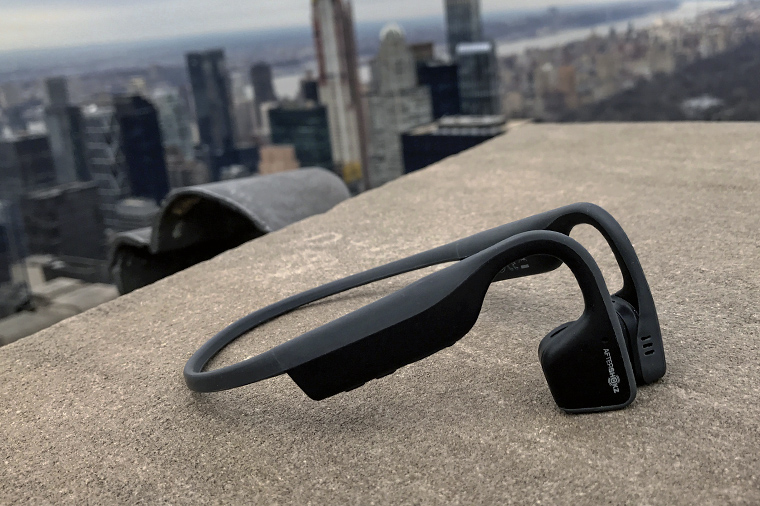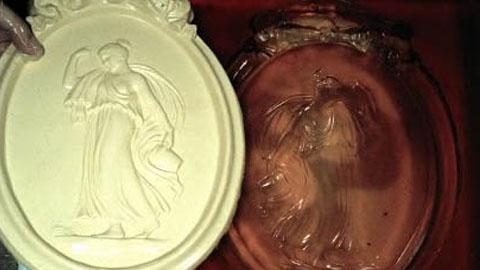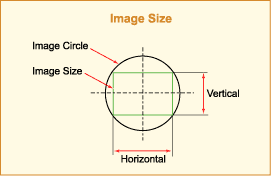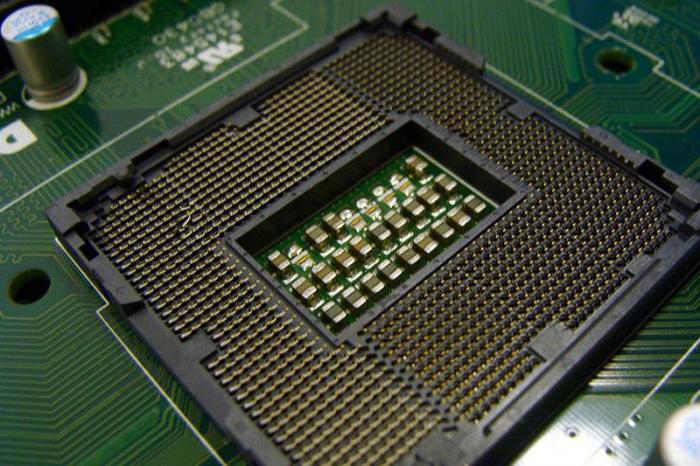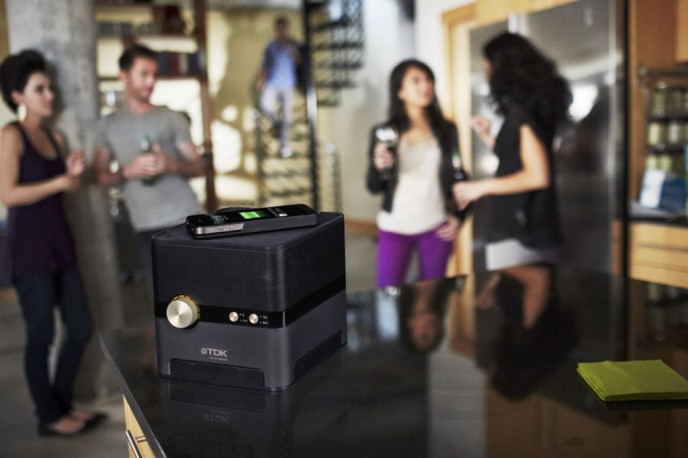Passage nodes are installed in places where steel ventilation shafts pass through the roof of buildings for various purposes. They are placed in reinforced concrete glasses and fastened with bolts and nuts.
The design of the passage assembly is selected depending on the climate of the country. The most common products are used for normal and cold climates. As a rule, such a unit is well adapted to work in areas with very low temperatures, because it has insulation.
Passage nodes can be of the following types:
- a passage passage for collecting condensate; it does not have a valve and a ring;
- manual access passage with valve and ring;
- passage unit with a special platform for the mechanism;
- passage unit with a well-insulated valve;
- heat-resistant coating passage assembly.
To warm the rectangular nodes of the passage, cotton slabs made of staple fiber are used.
The main purpose of the use of such nodes is the removal of air flows from the premises through the ventilation system. This installation can be used with any type of ventilation, i.e. for both regular and forced systems.
General characteristics and parameters of passage nodes:
- they are made of steel or other alloys;
- the diameter range of the passage nodes on average is from 100 mm to 1300 mm;
- total length reaches 1000 mm;
- the diameter of the support ring is 300-400 mm.
Simple soft-roof passage knot
As a rule, a rectangular passage unit (UP-MK) is laid through the soft roof of the building. It is made of several layers of galvanized steel, each of which is insulated with mineral wool.
UP-MK can have transitions of rectangular or circular cross-section. Also built into it special fan, in this case, the passage assembly is made of perforated galvanized steel. UP-MK copes with the role of a muffler.
The skill and experience of the specialists of the Provento group of companies allow for many years to successfully implement and install rectangular passage nodes, as well as guarantee high quality products and ensure the fulfillment of absolutely any volumes. Today we offer:
Contact us and we will make our partnership profitable and effective for both parties. Our individual approach and thoughtful organization of cooperation will delight you. For regular customers, the Provento group of companies offers flexible payment terms.
In order for the roof to last for a long time, it is necessary not only to correctly install the power structure of the roof (rafters) and lay the insulating material, but also to properly organize the ventilation of the roof package and the entire attic. In this case, it is necessary to take into account the angle of inclination of the roof (slope) and adjust the wind and snow load on the roof. In regions with a large amount of precipitation in winter, it is necessary to take into account that the weight of the snow cover can reach hundreds of kg, and the height of the snow cap on the roof can overlap the nodes of passage through the roof and its ventilation channels. During spring snow melting, it is necessary to ensure a smooth descent of the snow cap from the roof so that the weight of the snow does not break the roof overhang and the rainwater collection system (stormwater and gutters).
The main types of nodes of passage through the roof
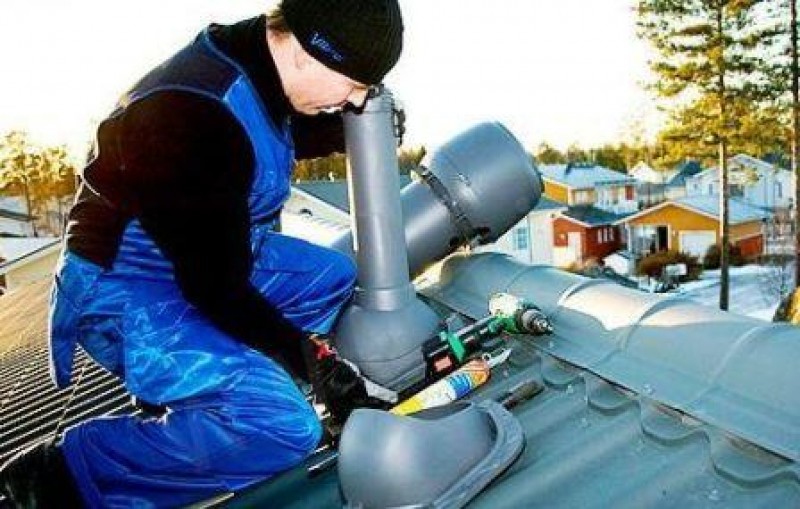
There are three main types of nodes:
- without valve;
- with manual control valve;
- with mechanical control valve.
For units that have a manual control valve, high operability and ease of operation are characteristic, and the mechanical valve has a special control mechanism that allows it to be automatically opened or closed. Units without valves provide full time job, they must be installed in places of ventilation where a constant flow of fresh air is needed.
The diameter of the ventilation passages can vary in increments of up to several millimeters. Manufacturers offer many different options organization of passages through the roof.
Chimney and ventilation duct requirements
Many people confuse the difference between the organization of a standard ventilation passage and a chimney. The temperature of the flue gas is much higher than the temperature the environment, which often leads to the appearance of condensate, which accumulates and flows down the pipe through the roof into the premises. Therefore, organizing the passage nodes that are planned to be used as a chimney, it is necessary to equip them with special skirts for waterproofing the roof and provide a gap between the pipe and the hole in the roofing material to compensate for the thermal expansion of the chimney pipes, which after installation is sealed with special thermal and waterproofing materials.
When organizing a site with soft roofing material, bituminous mastics and special adhesive mixtures, which provide insulating and fixing properties, are used instead of screws and self-tapping screws. The choice of mixtures directly depends on the manufacturer of the roofing material. Mixtures and material should be compatible with each other, not destroyed during interaction and not emit active toxic gases.
Carrying out all the above operations, it is necessary to strictly adhere to the rules specified by the manufacturers of the materials used, to observe safety measures from falling from a height and fire safety rules.
In this article we tried to highlight all possible issues related to the installation of various ventilation systems, their features and installation rules.
Assignment of passage nodes
Passage nodes are mainly designed to remove air containing various contaminants from the room. The requirements of GOST No. 15150, according to which UP are made, regulate the ventilation penetration of the roof. They contain indications of the distance of the passage assembly relative to the edge of the slab, as well as the size of the holes made in the ceilings.
Aisle units are used not only for airing rooms, but also for equipping chimneys in houses with fireplaces and buildings with stove heating. The nodes of the passage are referred to as roofing.
Knots are nothing more than openings in various roof ceilings: round, oval, square, etc. Metal pipes are installed in these units.
Industrial serial production of various sizes and shapes of UP. The main requirements that must be observed for ventilation units and elements are as follows:
- the node must be made from metal not less than 1.19 mm thick;
- diameter of unitary enterprise round section - within 10 - 12.5 cm.
- nodes with a rectangular section have no size restrictions;
- the node must be processed anti-corrosion coating;
- support ring sizemust exceed the diameter of the pipe by 30-40 cm;
- total construction length UE should not, as a rule, exceed 100 cm (valve not taken into account);
The ventilation system to which the pipe belongs is natural or forced.
To choose the right type of ventilation, you need to consider factors such as:
- air humidity;
- gas contamination of the room;
- temperature condition;
- degree of dust.
When compared with the general design, the structures are made of brass elements, eliminating the occurrence of sparks during operation. For installation, other nodes of the passage of ventilation through the roof can be purchased: the 5.904-11 series, for example, has an insulated valve and may have a ring for collecting condensate. 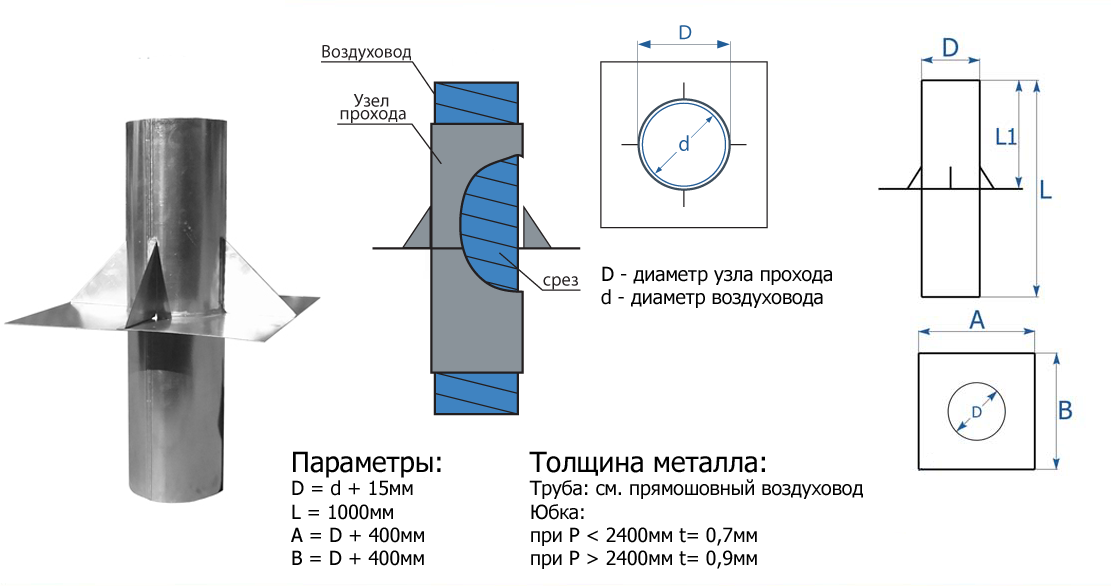
The need for the arrangement of passage nodes
Residential, public and industrial building - they all have a ventilation system. Installation of this system requires roofing.
We determine the installation location of the chimney
When choosing a place for the chimney, the following parameters should be considered:
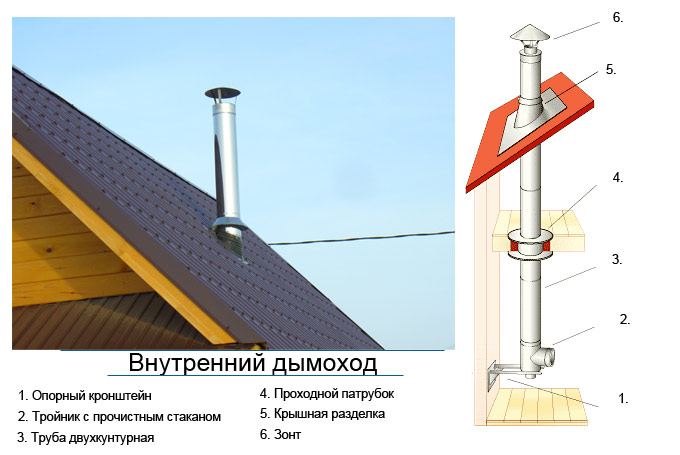
Installation of a through passage for the chimney
We have already discussed above that roofing is performed on pitched roofs as close as possible to the roofing ridge. Then the pipe - a significant part of it - will be hidden under the roof, which will prevent condensation from appearing inside.
Although there is another point of view on this subject. Installation of a chimney pipe directly through the ridge is possible.
 If the chimney is built on a roof slope, then there is a risk of accumulation from above of a large amount of snow subsequent inevitable leakage.
If the chimney is built on a roof slope, then there is a risk of accumulation from above of a large amount of snow subsequent inevitable leakage.
If the pipe is removed through the ridge, then the rafters need alteration and refinement, which leads to the impossibility of equipping the attic. However, the advantage of the second option is to simplify installation and get rid of snow leaks.
When arranging through-nodes through wooden floors and insulated roof flammable elements must be protected from a heating pipe. The gaps between the pipe and the elements of wood must comply with the regulations of SNiP.
This is achieved, for example, by a passage unit with a special box with glass wool or other safe composition. Also, special umbrellas are installed on the chimneys, in order to prevent the penetration of wind and rain into the pipe.
Roof aisle options
Since the roof options can be very different, there are as many options for arranging the passage units, since the scheme of the passage node is selected individually for each type of roof.
Varieties of roofing penetrations
Modern industrial enterprises produce nodes different sizes and varieties.
There are such types of nodes as:
- having valves;
- without valves;
- with insulation;
- without insulation;
- with the ability to close and open valves.
Hand-operated units are mainly common where ventilation modes are not required to be changed many times.
The components of such a node are:
- tailor cloth;
- cable;
- counterweight;
- control block.
The valve is controlled through the MEO mechanism. The valve may be in the closed or open position. For the production of roofing penetrations, a sheet of ferrous metal with a thickness of up to 2 mm and a sheet of stainless steel with a thickness of 0.5-0.8 mm are used.
Varieties of access nodes exist depending on the type and design attic roof and, as well as the type of corrugated board.
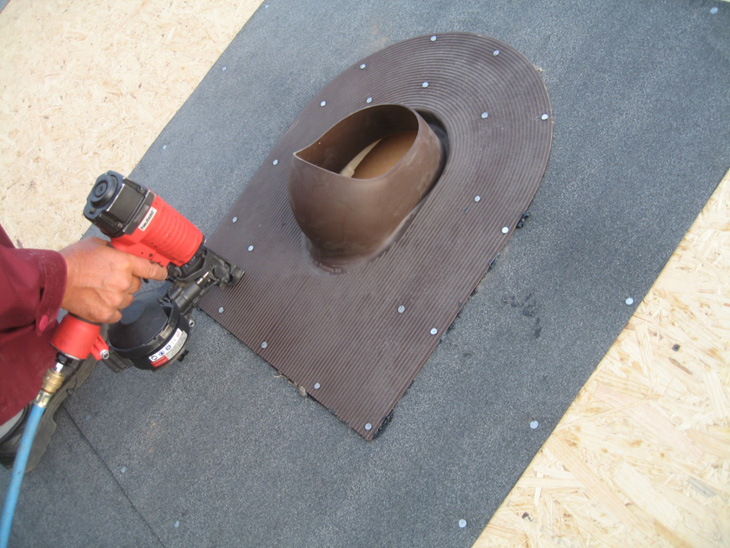 Aisle assembly for soft roofingusually galvanized steel, also includes insulation. For this, a 50 mm mineral wool is used. This design provides for installation in a neutak called galvanized umbrellas or deflectors.
Aisle assembly for soft roofingusually galvanized steel, also includes insulation. For this, a 50 mm mineral wool is used. This design provides for installation in a neutak called galvanized umbrellas or deflectors.
If a fan is installed in it, then the structure inside can be made of perforated steel and equipped with plastic tubes for supplying electricity. Then the roofing unit can also perform the role of sound insulation.
According to the shape of the duct elements, the passage nodes distinguish:
- square section;
- oval section;
- round section;
- rectangular section.
Marking Passage Units
The industry produces eleven types of ventilation unitshaving typical sizes. Sometimes, however, it is required to make some non-standard option, cases are different.
Marking “UP1” implies a passage unit without a valve; this is the simplest construction. The following numbers, from -01 to -10, encode the diameter of this node.
"UP2" - nodes of passage with a valve having manual controlmoreover, UP2 s-00 to -10 does not have a ring for collecting condensate, and UP2 s -11 to -21 has such a ring.
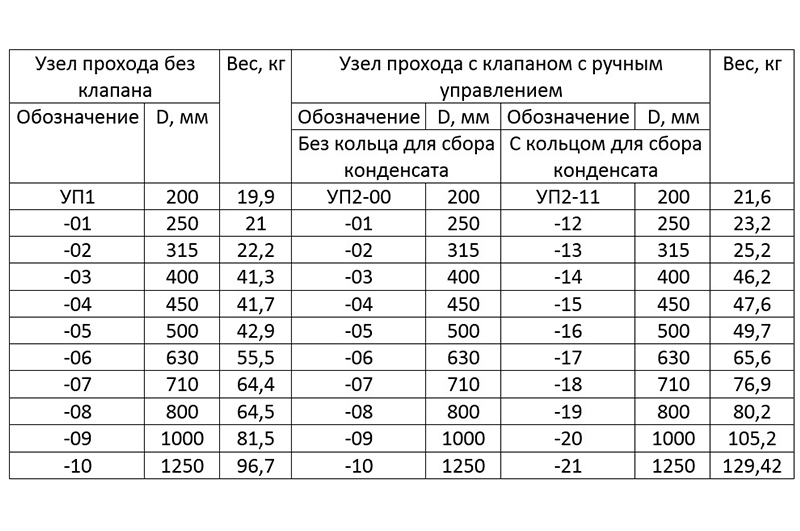
Installation of a passage passage through the roof
The roof aisle, as you know, has a pipe. It connects to the support flange. This flange is fastened with anchor bolts to a glass of reinforced concrete. Next, the node is mounted on the roof with braces, which are firmly attached to it by means of brackets or clamps.
Also, sinking sometimes has a so-called skirt fixed to the roof. It protects against the ingress of water and water vapor under the roof at the installation point.
Chimney and ventilation duct requirements
Thus, we can formulate the basic requirements for access nodes:
- fire safety;
- providing good traction;
- strength and reliability of the structure;
- heat and moisture insulation;
- optimal configuration for the consumer;
- good level of aesthetics.
So, we examined in detail the basic safety requirements, the rules for choosing a place for installing the chimney, the features of installing passage units for various kinds roofing. We hope that our short guide will help you realize your ideas!

